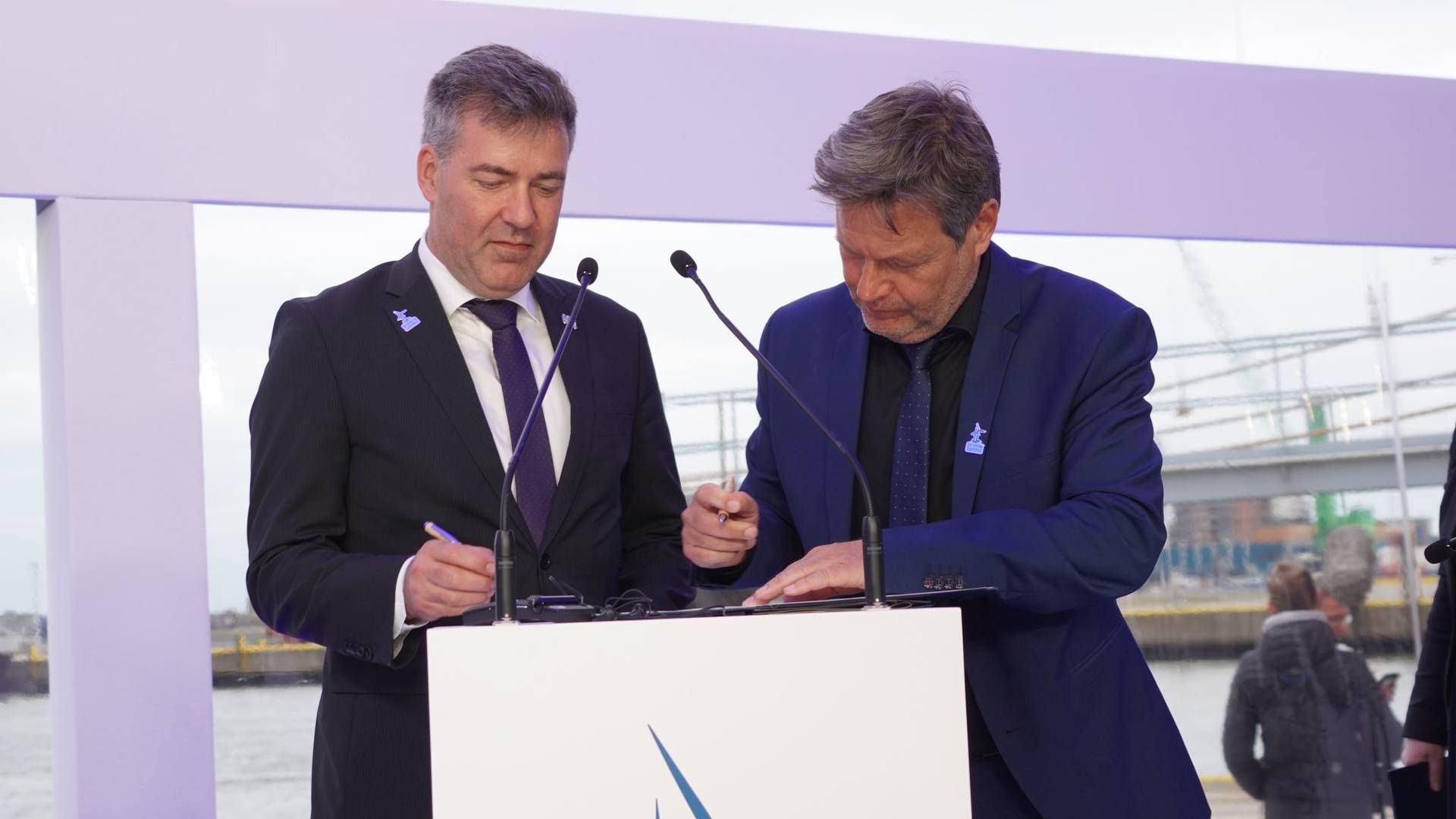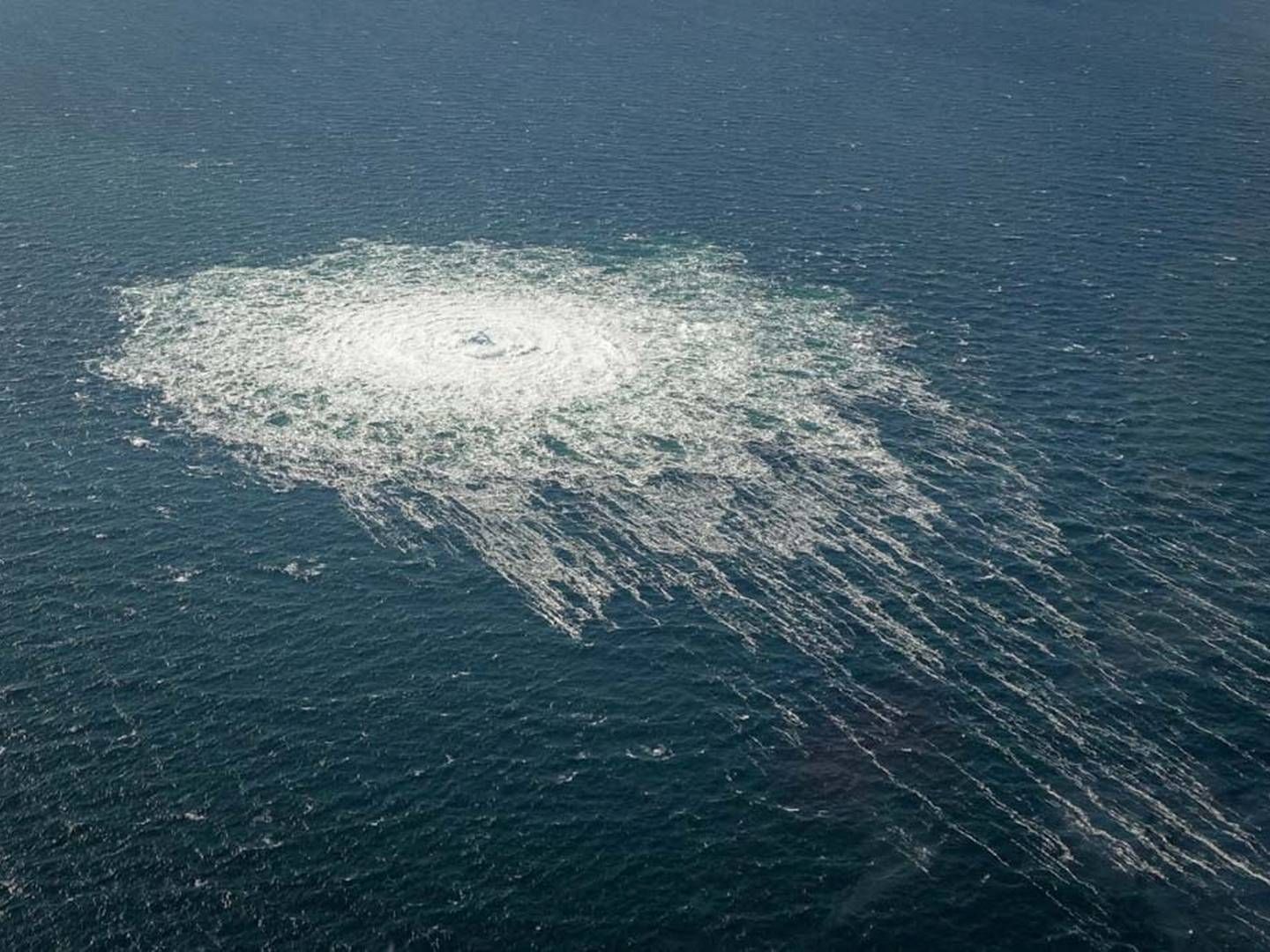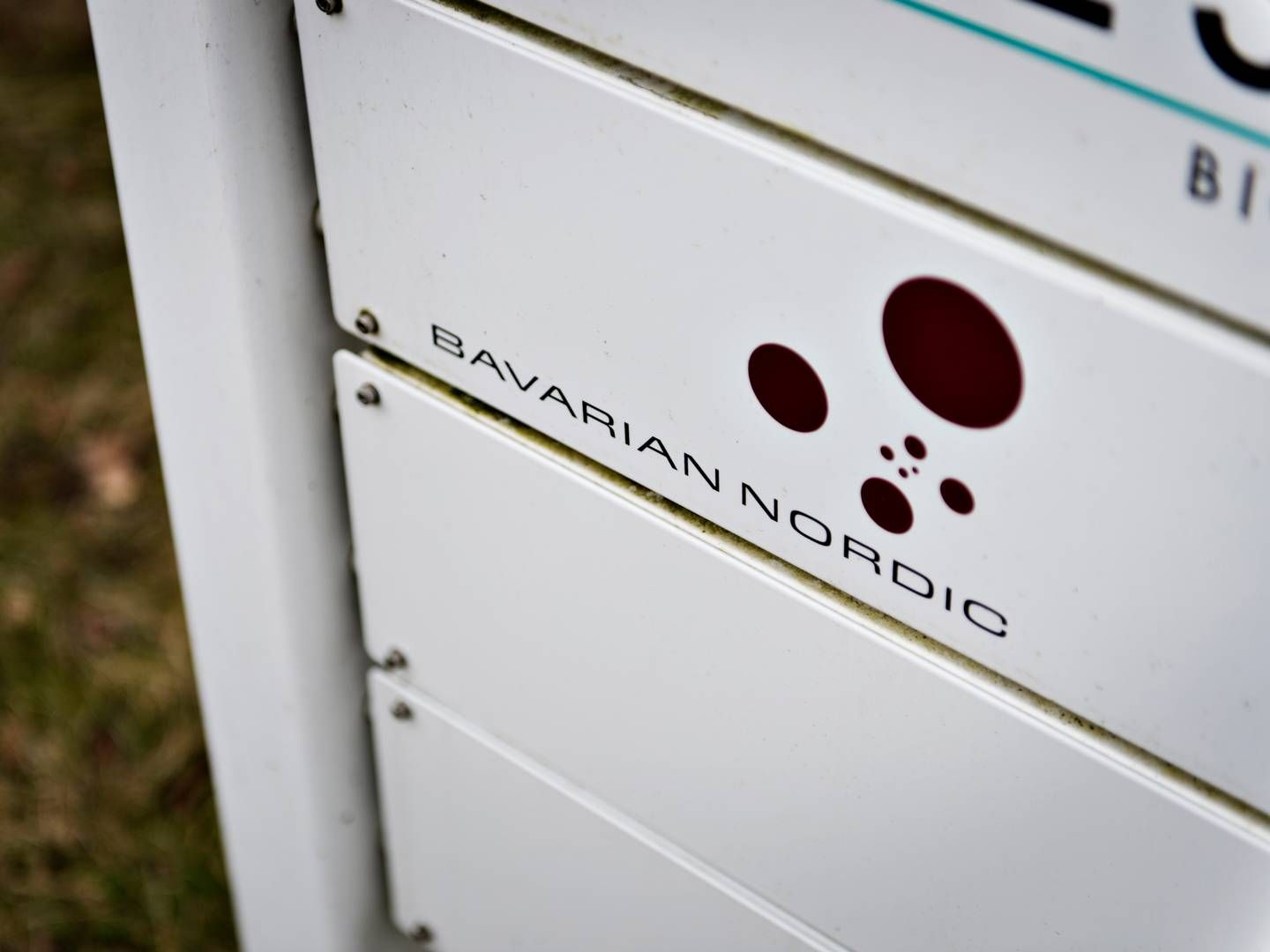Six countries join forces to strengthen North Sea safety

Denmark, Belgium, the Netherlands, Germany, Norway and the UK have entered into a collaboration to protect critical underwater infrastructure in the North Sea, according to a press release from the Danish ministry of climate, energy and utilities.
Electricity cables, gas pipes and telecommunications connections are among the critical infrastructure referred to. It must be protected even more against sabotage in the future.
”The North Sea has the potential to become Europe’s green powerhouse. For the benefit of the climate and for Europe’s energy supply security at a time when Russia’s aggression has made it clear that supply policy is also security policy,” says the Danish minister for climate, energy and utilities Lars Aagaard (M) in the press release.
The countries, which all border the North Sea, have agreed to review their current security measures, share information and knowledge and ”report relevant information at an operational level”.
The North Sea is also an important player when it comes to renewable energy, Aagaard emphasizes.
”We have a strong collaboration across countries in the EU, and not least the North Sea, on the expansion of renewable energy. To fulfill these ambitions, it is crucial that we work together to protect critical infrastructure across national borders.”
”Strengthened cooperation on sharing vital information is an important step in this direction,” says the minister.
There has recently been an increased focus on critical infrastructure at sea following the Nord Stream pipeline blasts.
On the night of Sept. 26, 2022, an explosion was recorded at Nord Stream 2 in the Baltic Sea about 20 kilometers south of Dueodde on the Danish island of Bornholm.
At 7:03 pm, an explosion was recorded at Nord Stream 1.
Subsequently, four large holes were found in three gas pipes. On the surface of the Baltic Sea, bubbles of gas could be seen for several days as they reached the sea surface from both pipelines.
Several countries subsequently investigated the explosions. Danish authorities have suspended the investigation. This came to light earlier this year.
Nord Stream 1 and 2 are gas pipelines in the Baltic Sea that would send gas from Russia to Europe through Germany.
Translated using DeepL with additional editing by Kristoffer Grønbæk
Related articles
Danish investigation into Nord Stream blasts shelved
For subscribers




















.jpg&w=384&q=75)



